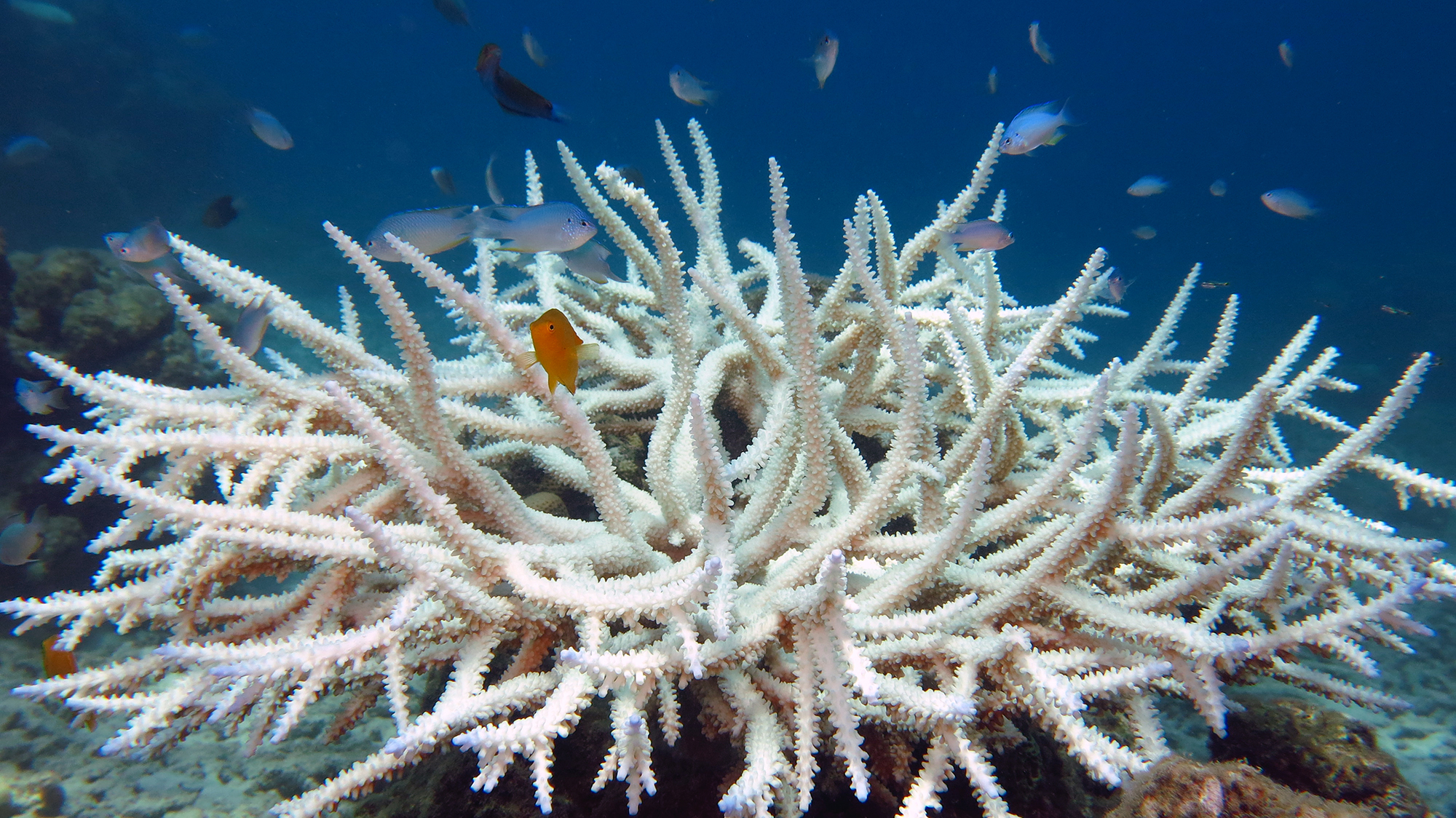Media release
From:
Finding resilient corals on the Great Barrier Reef for reef restoration
Hundreds of reefs across the Great Barrier Reef may be home to corals that produce offspring with high tolerance to heat, suggests a study published in Nature Communications. The findings may aid the identification of coral reefs with the ability to resist the effects of climate change impacts, which could be used for restoring damaged reefs.
Climate warming is pushing corals towards their heat tolerance limits, which can lead to coral reef bleaching and degradation. Understanding the heritability of heat tolerance to enable the identification of corals that are resilient to climate warming and predicting where they can be found will be important for the reef restoration programs that are being considered around the world.
Kate Quigley and Madeleine van Oppen present a modelling framework that incorporates breeding experiments, remote sensing and machine learning to locate reproductive corals capable of transmitting high heat tolerance to their offspring on the Great Barrier Reef. They conducted laboratory-based breeding experiments on gravid Acropora tenuis (a coral species) which provided insight into how corals survive under heat stress and how increased heat tolerance could be conferred. The authors then developed a forecasting framework to predict the conditions for the occurrence of heat-tolerant adult corals using machine learning models with satellite-detected environmental data to identify locations on the Great Barrier Reef that could be home to such corals. They found that around 7.5% of reefs could be home to heat-tolerant corals and that latitude was a poor predictor of heat resistance. Instead, they suggest, reefs with high, extreme daily temperatures that had experienced longer-term warming were the ideal conditions.
The authors suggest their findings have important implications for coral reef managers worldwide and for applied conservation practices that aim to restore coral reefs. However, further research is needed across more coral species to confirm the generality of the approach.
Multimedia







 Australia; VIC; QLD
Australia; VIC; QLD



